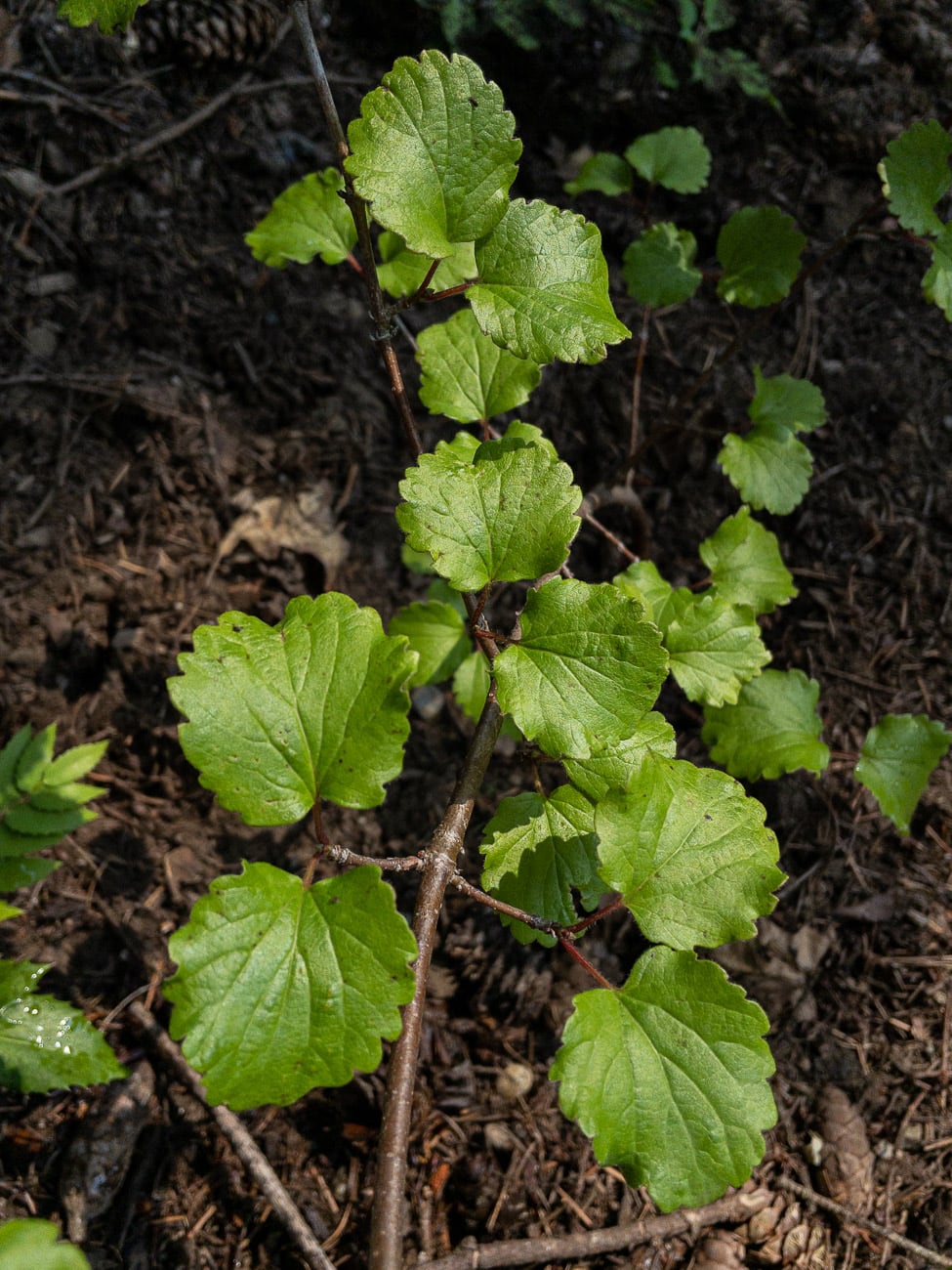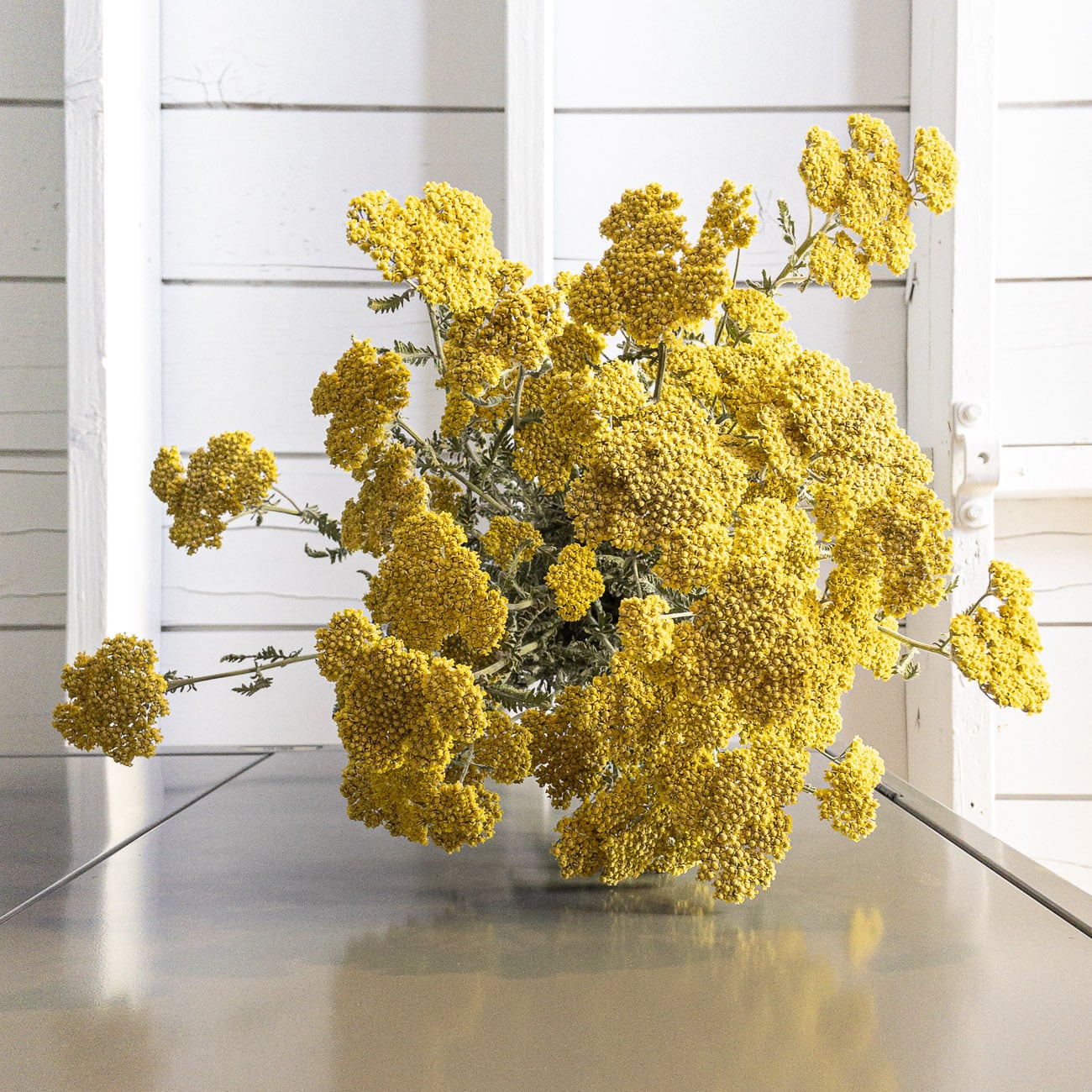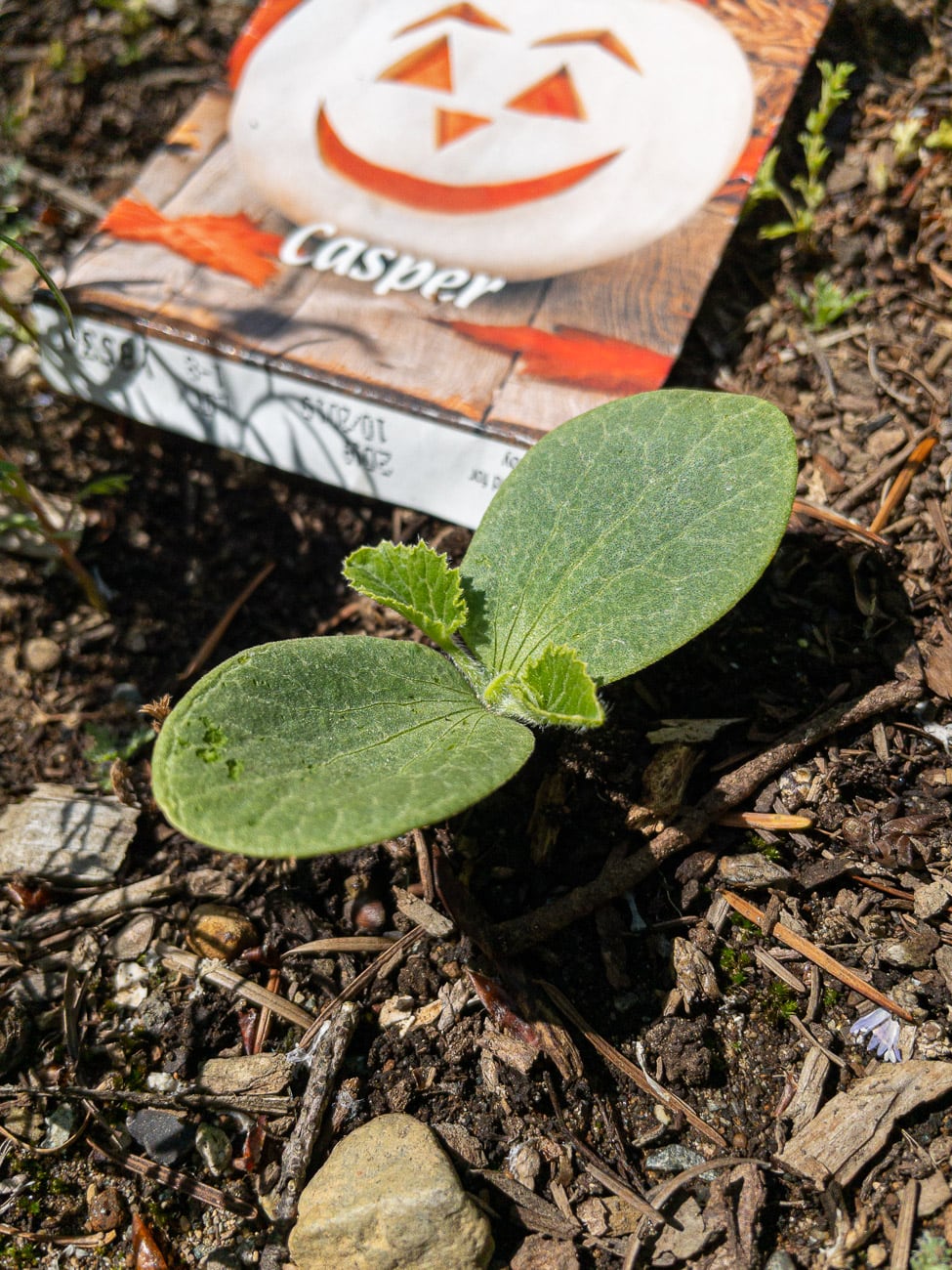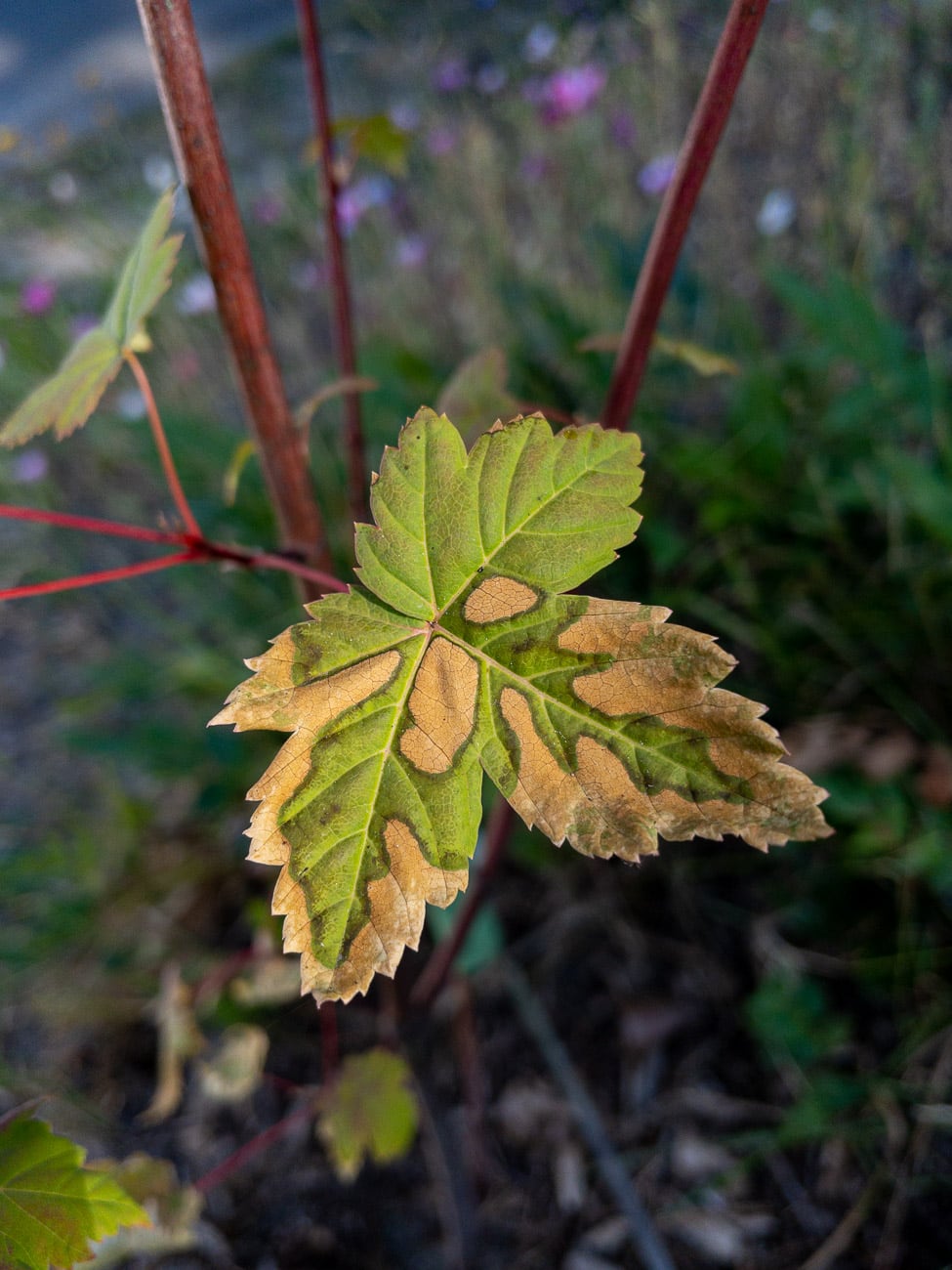
July 1
Two-year-old showy fleabane (Erigeron speciosus) bloomed for the first time. Not very showy but native bees don’t care. We should do something about common names.
July 2
Planted a Western viburnum (Viburnum ellipticum) that was purchased from Kruckeberg garden. Back on Father’s Day, my family visited the four-acre public garden, which is tucked into a normal neighborhood but has a sort of never-ending Narnia feel. They sell native plants and I hadn’t seen this one before. The drive home took us past Sky nursery, which no doubt had a full stock of hybridized Asian viburnums.

July 3
Around this time, I cut back a few plants to see if they’ll flower again in the fall. This works for the three varieties of nepeta in the yard. I don’t grow anything specifically for cut flowers, but a couple years ago I cut and dried yarrow and gave some to my mom. Those dried flowers look exactly the same today. So why not do it again. I’ve cut down almost every yarrow stem, knowing the plants will continue to grow foliage as ground cover. It’s always bit painful to cut down a plant, but whatever is lost in that moment seems to be repaid within weeks. Plants want to keep growing.

On the same day, a neighbor gave me an oyster plant. You may know it as salsify, a plant with an edible root. I had never heard of it but I couldn’t pass up the experiment, or its seed heads, which are like giant dandelions, or the story it carried. Recently, she was on a trip through Oregon to the Redwoods and while visiting an old college campus, it caught her eye. When she inquired, the plant was yanked out of the ground and given to her on the spot. She brought it back and tried to grow it—it didn’t get enough sun. So now, from Oregon, months later, it is in my yard.
July 5
Pumpkin seeds sprouted. In late June, my son and I planted white pumpkin seeds to fill some gaps in the yard. He thinks we’ll have an even number of pumpkins, I say odd.

July 6
Harvested the last of the June strawberries. They all seemed smaller than last year, but we probably gathered at least 10 pints. I gave a lot away but kept enough for sorbet.
July 7
The extreme heat has subsided and trees with scorched leaves are already showing new growth. Putting aside the broad concerns of increasingly common, life-threatening high temperatures, I’m fairly ambivalent about the effects in the yard. Consider an intense week a stress test—if your plants need babying, maybe its time for new plants. I don’t even mean switch to natives—but yes, do that. We all have things that are right up on the edge of getting too much sun or sitting in soil that is too dry. Stop planting what you think should be in that spot and plant what wants to be in that spot.
